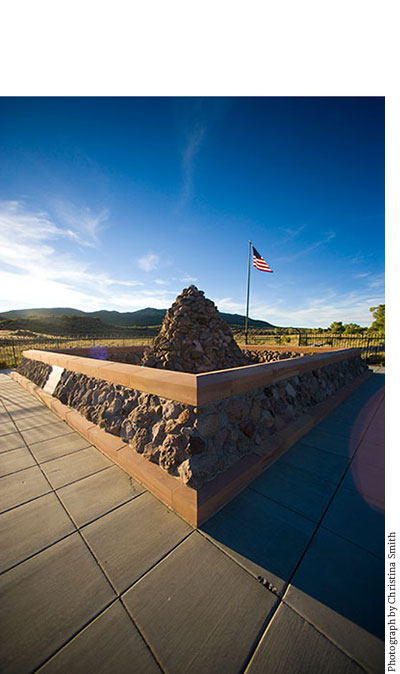After leaving West Yellowstone I headed to southern Utah. Not stopping to visit with anyone. I do have a couple more blog posts about a couple of places I really wanted to see. This first one is a very hard post to do because it was so senseless. This is a long post about a very complicated massacre.
In order to begin to comprehend the events of September 11, 1857, you need to understand the conditions of what was happening at that time in history. I am taking this history from the website https://mountainmeadowsmassacre.com
There was a thunderstorm all around me when I was there. Lots of noise and lightning but not much rain. So several pictures of those clouds I love.
"In 1857 an army of roughly 1,500 United States troops was marching toward Utah Territory, with more expected to follow. Over the preceding years, disagreements, miscommunication, prejudices, and political wrangling on both sides had created a growing divide between the territory and the federal government. In retrospect it is easy to see that both groups overreacted—the government sent an army to put down perceived treason in Utah, and the Latter-day Saints believed the army was coming to oppress, drive, or even destroy them."
Many emigrants headed for California brought wagon companies to Utah just as Latter-day Saints were preparing for what they believed would be a hostile military invasion. The Saints had been violently driven from Missouri and Illinois in the prior two decades, and they feared history might repeat itself. Church President and Territorial Governor, Brigham Young, told the Saints to prepare for battle and to arm themselves. Emigrants became frustrated when they were unable to resupply in the territory as they had expected to do. They had a difficult time purchasing grain and ammunition because the Saints were keeping the supplies for themselves.
As you can imagine, the disagreements between the Saints and the emigrants became heated and caused the tension to boil over. This was especially true in Cedar City, UT. Heated insults were thrown from both sides and it got worse when the wagon train could not get supplies for their journey. They left Cedar City but the Cedar City leaders could not let it go. They tried to get permission to send the militia after the emigrants and that request was denied. Then they decided they would persuade local Paiute Indians to give the Arkansas company “a brush,” killing some or all of the men and stealing their cattle.
The generally peaceful Paiutes were reluctant when first told of the plan. Although Paiutes occasionally picked off emigrants’ stock for food, they did not have a tradition of large-scale attacks. But Cedar City’s leaders promised them plunder and convinced them that the emigrants were aligned with “enemy” troops who would kill Indians along with Mormon settlers. What followed was a five day siege during which the emigrants discovered that it wasn't just Indians but also white men who were killing them.
In trying to cover up the disgrace of what they had done, the Cedar City leaders made the situation worse by calling out the militia to destroy the emigrants. Those who had deplored vigilante violence against their own people in Missouri and Illinois were now about to follow virtually the same pattern of violence against others, but on a deadlier scale.
On Friday, September 11, Lee (the militia leader) entered the emigrant wagon fort under a white flag and somehow convinced the besieged emigrants to accept desperate terms. He said the militia would safely escort them past the Indians and back to Cedar City, but they must leave their possessions behind and give up their weapons, signaling their peaceful intentions to the Indians. The suspicious emigrants debated what to do but in the end accepted the terms, seeing no better alternative. They had been pinned down for days with little water, the wounded in their midst were dying, and they did not have enough ammunition to fend off even one more attack.
As directed, the youngest children and wounded left the wagon corral first, driven in two wagons, followed by women and children on foot. The men and older boys filed out last, each escorted by an armed militiaman. The procession marched for a mile or so until, at a prearranged signal, each militiaman turned and shot the emigrant next to him, while Indians rushed from their hiding place to attack the terrified women and children. Militiamen with the two front-running wagons murdered the wounded.
The 17 spared children, considered “too young to tell tales,” were adopted by local families. Government officials retrieved the children in 1859 and returned them to family members in Arkansas. The massacre snuffed out some 120 lives and immeasurably affected the lives of the surviving children and other relatives of the victims.
It took 17 years before the law finally indicted nine men for their role in the massacre. Most of them were eventually arrested, though only Lee was tried, convicted, and executed for the crime. Another indicted man turned state’s evidence, and others spent many years running from the law. A horrible time in Utah's history.
I could not walk the path down to the monument so I am using the one from the website.

I really wish we could learn from history but hatred and fear continues everywhere.









I never knew any of this. Thanks for posting it. You've had an amazing trip.
ReplyDelete